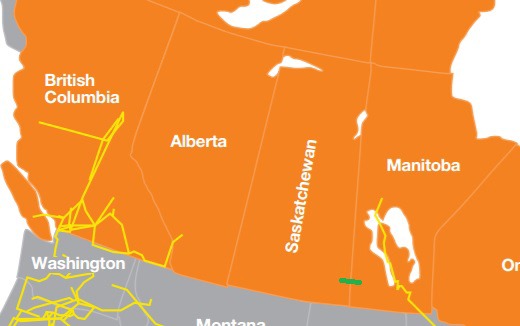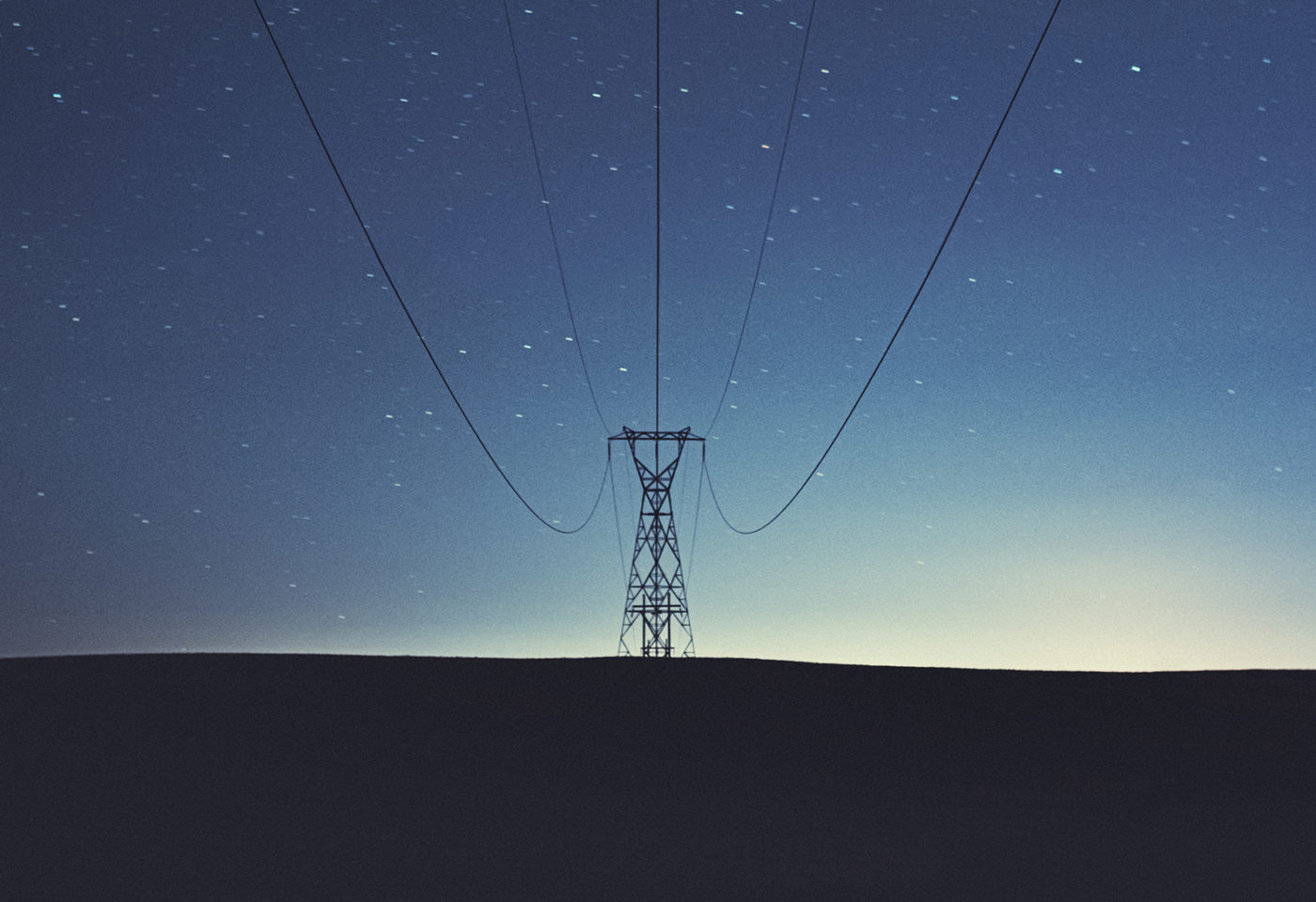When the federal budget passes, it will create a new Crown corporation – the Canadian Infrastructure Bank.
While the merits of this new institution are still up for debate, it could be just the thing to turn the concept of a western electricity grid for hydroelectricity into reality. The bank will focus its investments on what it calls transformative projects, citing electricity grid interconnections as one example of such projects.
The federal government plans to provide the bank with $15 billion in seed money. Of that, $5 billion will be specifically earmarked for investment in green infrastructure – projects that “reduce greenhouse gas emissions, deliver clean air and safe water systems, and promote renewable power.”
Projects the bank selects will also have to meet two criteria: generate revenue and be in the public interest. Electrical grids generate revenue because consumers of electricity pay a transmission fee on their electricity bills. For example, about 10 per cent of an electricity bill in Alberta goes towards transmission costs. Grids are in the public interest because everyone needs electricity – and many provinces as well as the federal government are pushing for increased renewable electricity production which could require new transmission lines.
The bank, expected to be operating by the end of the year, will make investments in projects that have a public sponsor – any level of government from a municipality up to the feds.
The western provinces and Ottawa all have reasons to champion a more integrated western grid. With Alberta and Saskatchewan planning to respectively triple and double their renewable electricity by 2030, the ability to increase pan-western hydropower trade is a cost-effective and reliable solution to achieving those goals on time. B.C. and Manitoba have large hydro projects under development and approved, but do not yet have customers for the power the projects will produce.

Source: Canadian Electricity Association, Canada West Foundation
Legend: yellow = existing interties | green = interties under construction
The federal government will only meet its climate goals if provinces implement policies to reduce emissions. If Alberta and Saskatchewan meet their renewable electricity targets, about 47 MT of emissions will be eliminated – getting Canada 20 per cent of the way to meeting its UN Climate Summit commitment. A lower-emitting electricity grid will also help the federal government achieve some of its other goals. For example, last year Ottawa promised to advance the electrification of vehicles – but this will only reduce emissions if the electricity used to power electric vehicles comes from non-emitting or low-emitting sources.
There is a precedent for federal support for electricity infrastructure – in 2013 the federal government provided a loan guarantee for the Lower Churchill hydro project in Newfoundland & Labrador. $1.3 billion of the guarantee is specifically devoted to a transmission line connecting the project to Nova Scotia.
The purpose of the infrastructure bank will be to harness private sector investment to help pay for selected projects. It will also have tools at its disposal like debt and equity financing.
The cost of building a grid connecting the western provinces would be an expensive undertaking. Just connecting northern B.C. and Alberta would cost about $1 billion. Ottawa intends to spend heavily on green infrastructure emission reductions – both through the infrastructure bank and other initiatives. It makes sense for Alberta and Saskatchewan to leverage some of the funding the federal government is spending to help achieve their own renewable electricity targets. They should get behind the idea of an integrated western electricity grid and work with B.C. and Manitoba to leverage the new infrastructure bank to finance its construction. By using the infrastructure bank to cover up-front costs, western provinces can avoid protracted negotiations over cost-sharing that could otherwise delay the project from ever getting off the ground.
-Naomi Christensen is the senior policy analyst at the Canada West Foundation and co-author of Power Up: The hydro option.
